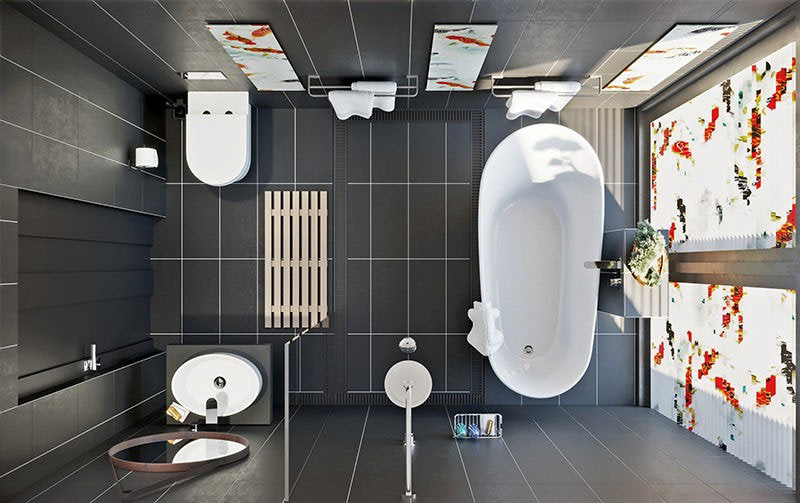
How to reduce toilet water usage with smart strategies?
Share
Water conservation is a critical topic in today's environmentally-conscious world, and one area that often goes overlooked is the bathroom. Specifically, the toilet is a significant source of water use in the home. For tech professionals and enthusiasts, there are innovative and tech-savvy solutions to tackle this issue. In this article, we explore how to reduce toilet water usage effectively, using a combination of smart technology and simple adjustments.

Understanding Current Toilet Water Usage
Before diving into solutions, it's essential to understand the current water usage of toilets. On average, a traditional toilet can use up to 7 gallons of water per flush. This number is staggering when you consider the frequency of use in a typical household. However, advancements in technology offer promising solutions to significantly cut down this usage.
Adopting Smart Toilet Technologies
For the tech-savvy, investing in a smart toilet is a game-changer. Smart toilets are designed to use minimal water per flush, sometimes as low as 1.28 gallons. These toilets often come equipped with dual-flush technology, allowing users to select a half or full flush depending on the need. Furthermore, smart toilets can be integrated with other smart home devices to monitor usage patterns and make automatic adjustments.
Implementing IoT-Based Water Sensors
Another cutting-edge solution is the implementation of IoT-based water sensors. These devices can be installed in toilets to monitor water usage in real-time. By collecting data, these sensors help identify patterns and suggest ways to optimize water use. Additionally, they can alert homeowners of leaks or inefficiencies. For those interested in DIY projects, consider exploring DIY eco-friendly IoT projects to create customized water-saving solutions.
Simple Adjustments for Immediate Impact
While technology provides advanced solutions, simple adjustments can also lead to substantial water savings. For example, installing a low-flow toilet is a straightforward way to reduce water use. These toilets are designed to use significantly less water per flush compared to traditional models. For more insights on the benefits of low-flow toilets, check out this guide on low-flow toilets.
Optimizing Existing Toilets
If replacing an entire toilet isn't feasible, consider optimizing your existing model. This can be done by placing a plastic bottle filled with water or sand in the toilet tank. This simple hack reduces the amount of water used per flush without compromising performance. Additionally, regular maintenance checks can ensure your toilet is functioning efficiently and not wasting water due to leaks or other issues.
Investing in Water-Saving Fixtures
Beyond the toilet, investing in water-saving fixtures throughout the bathroom can compound your water savings. High-efficiency faucets and showerheads can drastically reduce water usage without sacrificing comfort. These fixtures are designed to maintain water pressure while using less water, making them an ideal choice for an eco-friendly home.
Educating and Involving the Household
Finally, it's essential to involve every household member in water conservation efforts. Educating family members about the importance of saving water and how they can contribute can lead to more mindful water use practices. Encouraging shorter showers, turning off the tap while brushing teeth, and only flushing when necessary are all habits that can make a significant difference.
Conclusion
Reducing toilet water usage is not only beneficial for the environment but also for reducing household water bills. By adopting smart technologies, making simple adjustments, and involving the entire household, significant progress can be made in water conservation efforts. For those interested in further exploring how technology can assist in saving water, visit this analysis on water-saving toilets.

Frequently Asked Questions
What is the average water usage of a traditional toilet?
Traditional toilets can use up to 7 gallons of water per flush, which can lead to significant water usage over time.
How do smart toilets help in reducing water usage?
Smart toilets use advanced technology to minimize water usage per flush, often integrating dual-flush systems and connectivity with other smart home devices for optimal performance.
Are low-flow toilets worth the investment?
Yes, low-flow toilets are designed to use significantly less water per flush, offering long-term savings on water bills and contributing to water conservation. For more information, visit this resource on high-efficiency toilets.
This article contains affiliate links. We may earn a commission at no extra cost to you.
